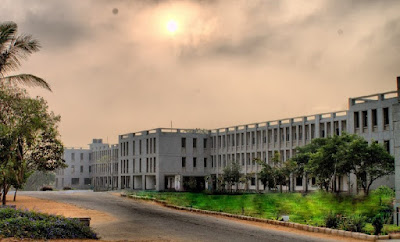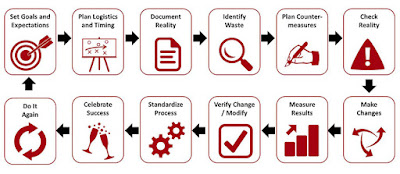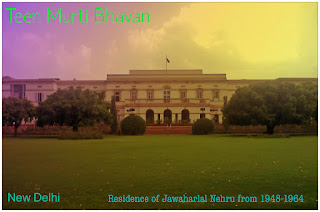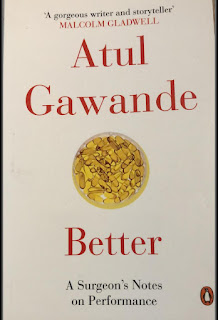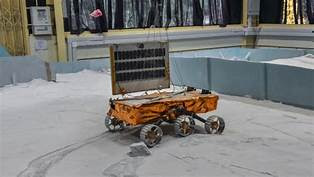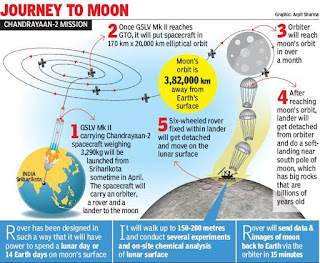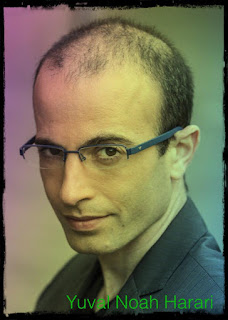History behind lunar missions
 |
| Moon surface bright North hemisphere, courtesy Washington Post. |
After
India’s successful lunar orbiter Chandrayaan 1 success in 2008, the
Chandrayaan 2 robotic rover launch was planned for 2012, but was
postponed when Russia grew jittery with sharing their technology.
Despite this hiccup, India developed the technology indigenously, launch date was fixed in
January 2019. Knowing that some more maturing of technology was needed, the launch got postponed to April ‘19 This is the greatest satisfaction and point of consolation in this whole exercise. We may learn slowly, but the learning is firm and sure..
With the orbiter and rover technology indigenously developed we have the wherewithal and capability to launch extra terrestrial missions to anywhere in the Universe.
 |
| July '19, Courtesy Washington Post (WP) |
After the
Israeli private lunar launch failure, our launch was postponed from
April to July for carrying out more checks and now again to another slot
not decided yet . Lifting a 640 Tonne craft to 200-300 km altitude has it’s own challenges. Europe is
decades away from such high technology ..
Doing some
research found these facts and dates - Prior to this, Chinese
Yutu robotic rover aboard Chang’e 3 did a moonwalk in 2013. Earlier
Lunokhod
1 of Russia (USSR) aboard the Luna 1 did moonwalk in 1970. That was the earliest history of moonwalking..
If India never had a leader and a global statesman like Jawaharlal Nehru, would we have progressed so much in Science and Technology ? Would we have had all the great establishments in Space Science, Atomic energy, IITs, IIMs, the green revolution, the white revolution and the like .. ?
If Nehru had not called Vikram Sarabhai aside in 1961-62 and had not asked him to start some basic and simple space experiments, initially sounding rockets to study the altitude variation of temperature and gaseous composition from Thumba, Trivandrum, to understand the truths of space and nature, would Indian space science and technology have matured to this state now ?
 |
A true and great leader to the core ..
|
And Nehru knew exactly which all sectors of the economy and areas of science and technology, our crappy bureaucrats should be allowed to interfere and where all it should be left free to the specialists and subject experts.
It is so gratifying to note that the Indian government supports the stance of our founding fathers and are making the right choices and steps taking it to the forefront of nations in high technology applications.
While closely preserving our democratic traditions, bringing the high impact areas of renewable energy, space exploration, hi-technology research, employment generating growth and poverty alleviation to the forefront should be the lookout of all citizens of the country. Effective and efficient decision making, devoid of favouritism and corruption, should be the the mantra of the political class to take the country forward meaningfully and gainfully.
George.

